Discovering Different Raisin Varieties
Are you a raisin lover? Have you ever thought about branching out from your preferred raisin variety and trying something new? Below is everything you need to know about the different raisin varieties your grocery store has to offer, their health benefits, and how you can incorporate them into your routine more often.
“The average person consumes approximately 1.3 pounds of raisins per year!” (AGMRC)
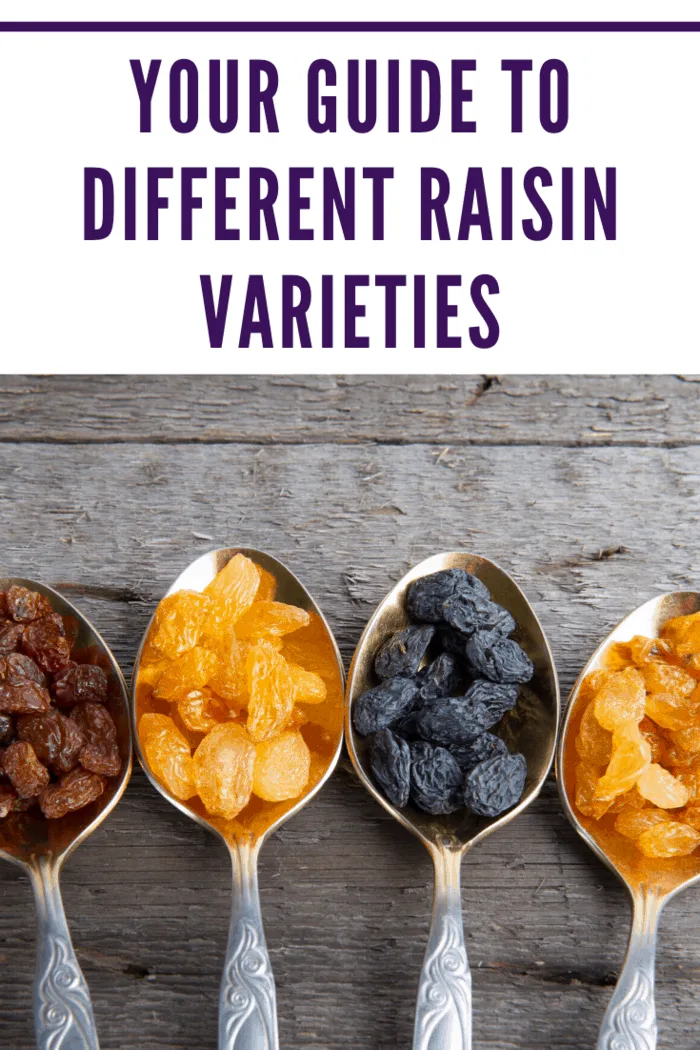
Popular Raisin Varieties
Raisins come in tons of different varieties. Here are some of the most popular types you might want to look for the next time you’re at the grocery store:
Currants
Made from Black Corinth grapes, currants are seedless and have a very dark color. Their taste is tart and tangy, and they’re quite a bit smaller than other types of raisins. Sometimes referred to as “Zante Currants,” this name is a reference to the Greek island where they were first grown.
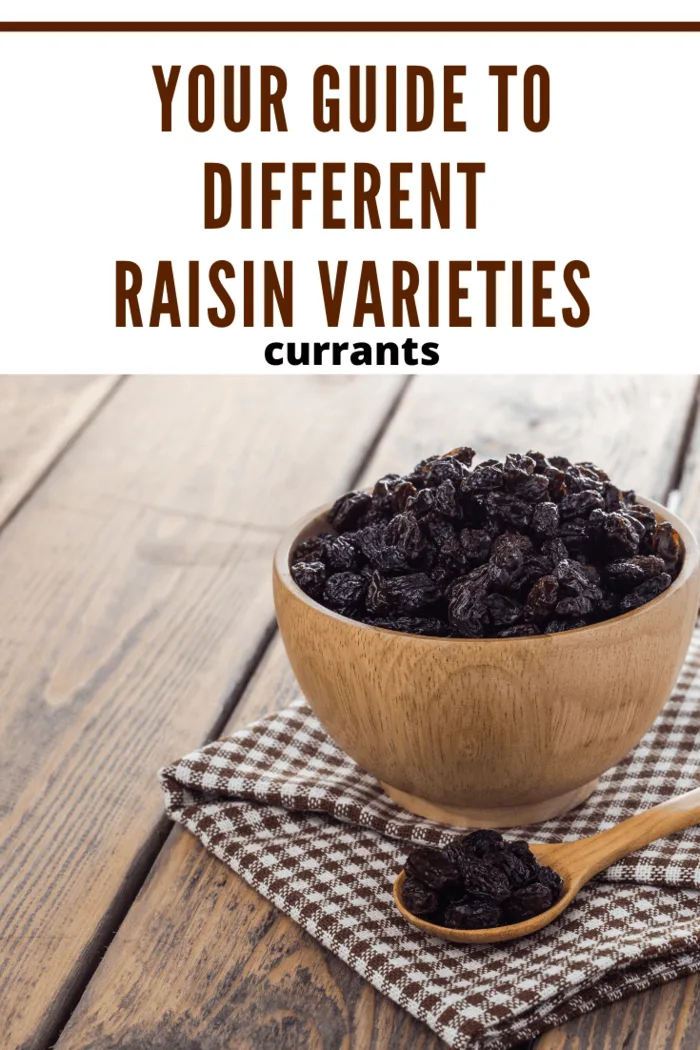
Flame Seedless Raisins
Flame Seedless raisins are made from Flame Seedless red grapes. These raisins are very sweet, large, and known for their rich, dark red color.

Golden Seedless Raisins
Golden Seedless raisins, as the name suggests, have a golden color. Made from Thompson seedless grapes, they retain their light color because they’re dried in an oven rather than sunlight. They also receive treatment with sulfur dioxide to help them stay light in color.
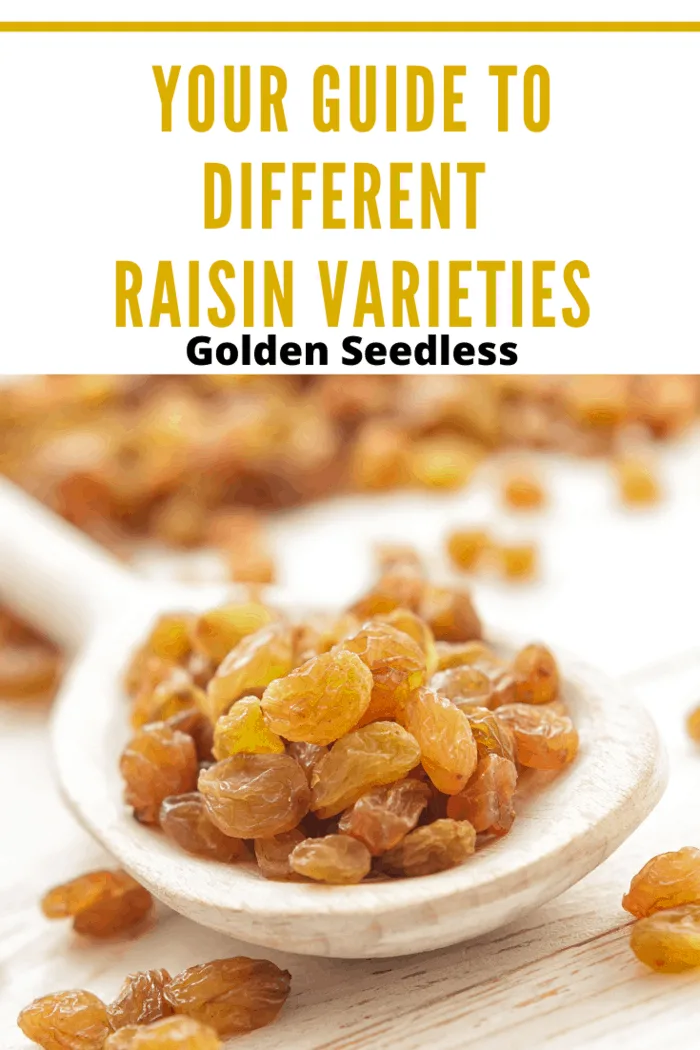
Monukka Raisins
Large, dark, and seedless, Monukka raisins come from a type of black grape known as a Monukka grape. These raisins are produced in smaller quantities and are usually only available at certain higher-end health-food stores.
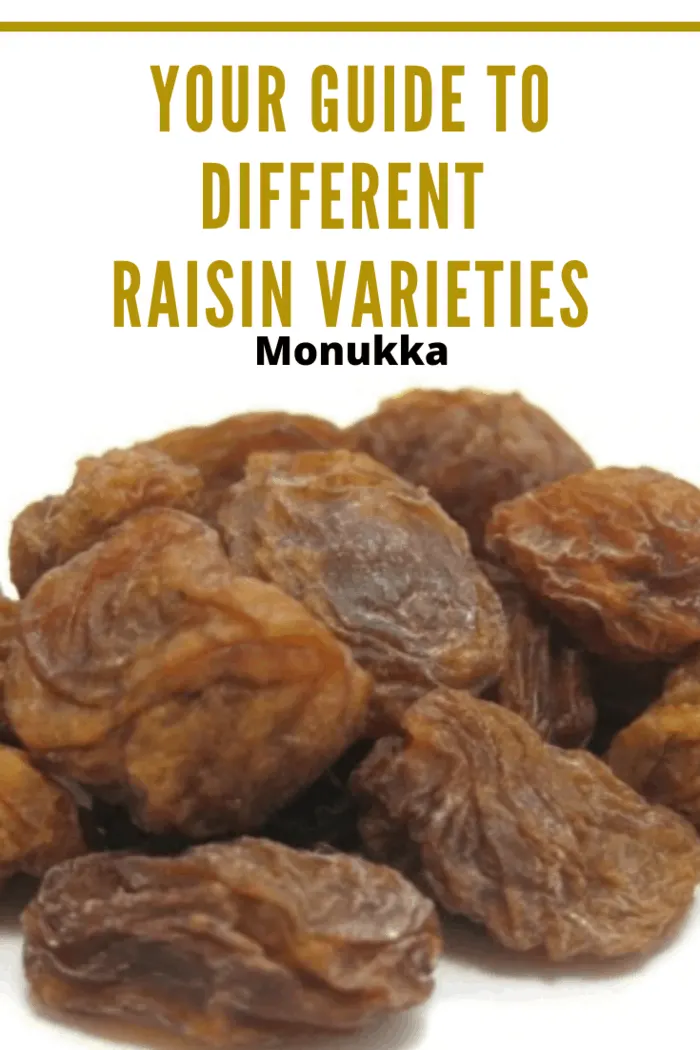
Muscat Raisins
Muscat raisins are large and brown with a fruitier taste. They come from Muscat grapes, which have a greenish-gold hue. These raisins sometimes contain seeds unless removed mechanically. Many people prefer to use Muscat raisins in baked goods.

Sultanas
Named after the large, yellow-green Sultana grapes, these raisins have a tart taste and soft texture. They’re usually only available in health-food stores and gourmet grocery shops.
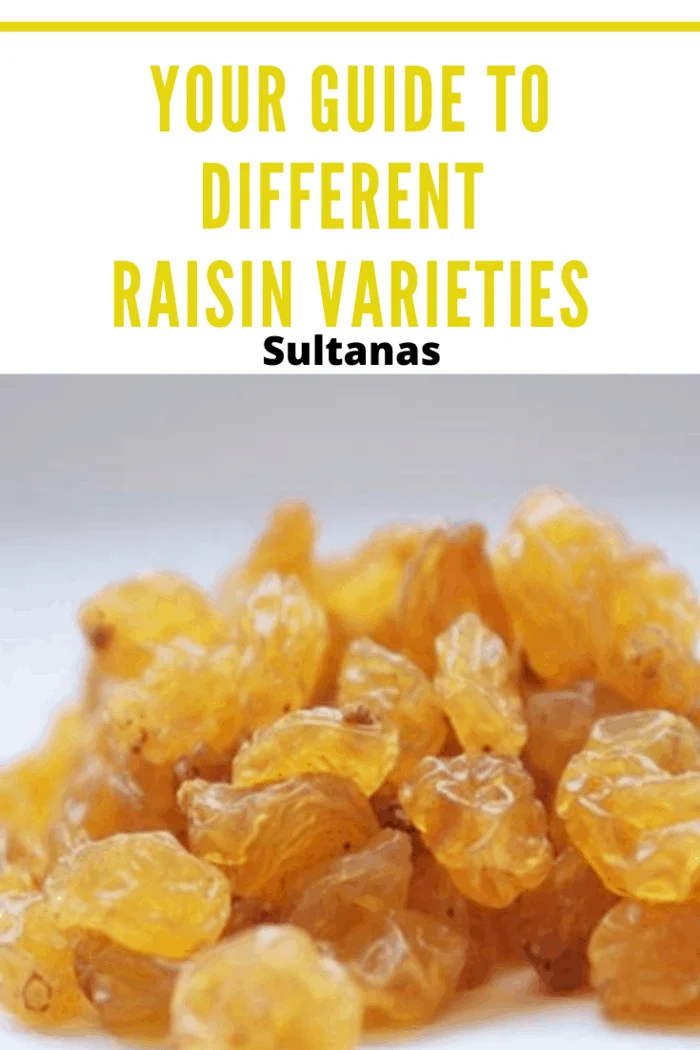
Natural Seedless Raisins
Natural Seedless raisins, made from Thompson Seedless grapes, are some of the most popular raisins on the market today. They get dried in the sun rather than in an oven, which gives them a natural dark brown color. The sun-drying process takes between two and three weeks.
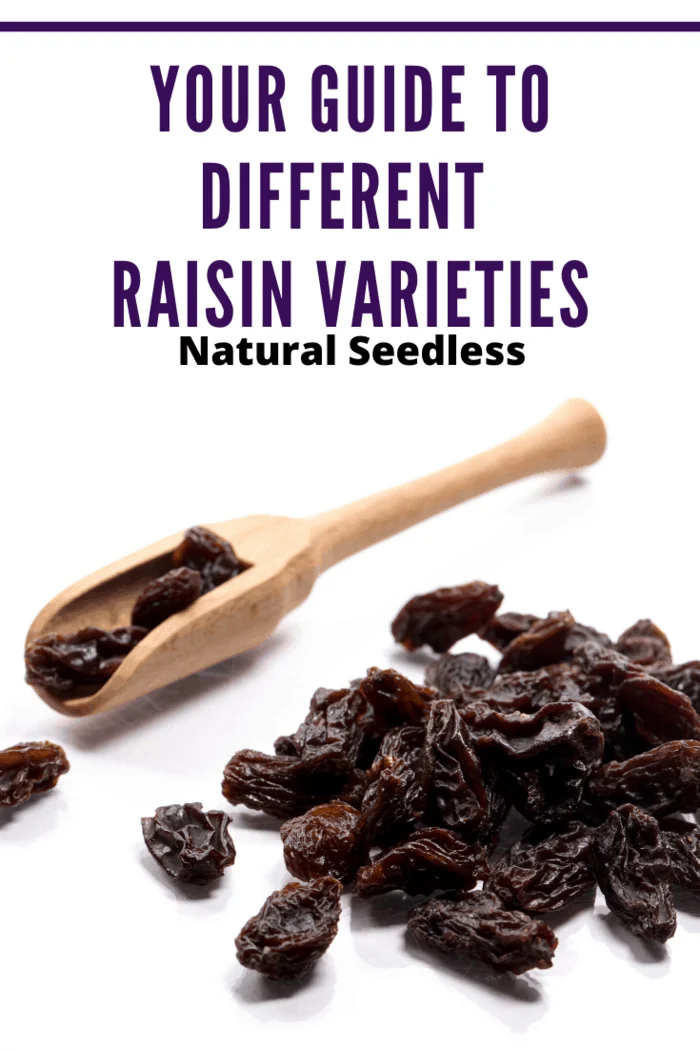
Health Benefits of Raisins
There are lots of reasons to incorporate more raisins into your diet. Here are some specific health benefits they offer:
Quick Burst of Energy
Raisins are high in sugar, which makes them a great snack for a quick burst of energy. Some runners even carry raisins during races for an easily digested energy boost. According to a study published in the Journal of the International Society of Sports Nutrition, “Raisins are as effective as sports chews in improving performance in endurance running.”
Good Source of Fiber
Raisins contain a decent amount of fiber, with one half-cup yielding about three grams. Consuming adequate amounts of fiber can help you feel fuller longer, prevent overeating, lower cholesterol, improve digestion, and reduce the risk of certain diseases. The American Heart Association notes, “Dietary fiber is associated with lower blood cholesterol levels.”
Good Source of Iron and Calcium
Raisins provide iron and calcium, essential minerals for red blood cell formation, preventing anemia, strengthening bones, and fighting osteoporosis. According to the USDA, one cup of raisins provides about 1.3 milligrams of iron, which is 7% of the daily recommended intake.
Antioxidants
Raisins are rich in antioxidants, which help eliminate free radicals that can cause cellular damage and oxidative stress. Increased antioxidant consumption is linked to a lower risk of cancer and heart disease and helps slow down the aging process. A study from the Journal of Food Science states, “Raisins are a significant source of phenolic compounds and antioxidants.”
Antimicrobials
Raisins have antimicrobial properties that help fight off bad bacteria in the mouth, reducing cavities and other dental issues. Research published in the Journal of Food Science indicates that “the antimicrobial compounds found in raisins help to reduce oral bacteria.”
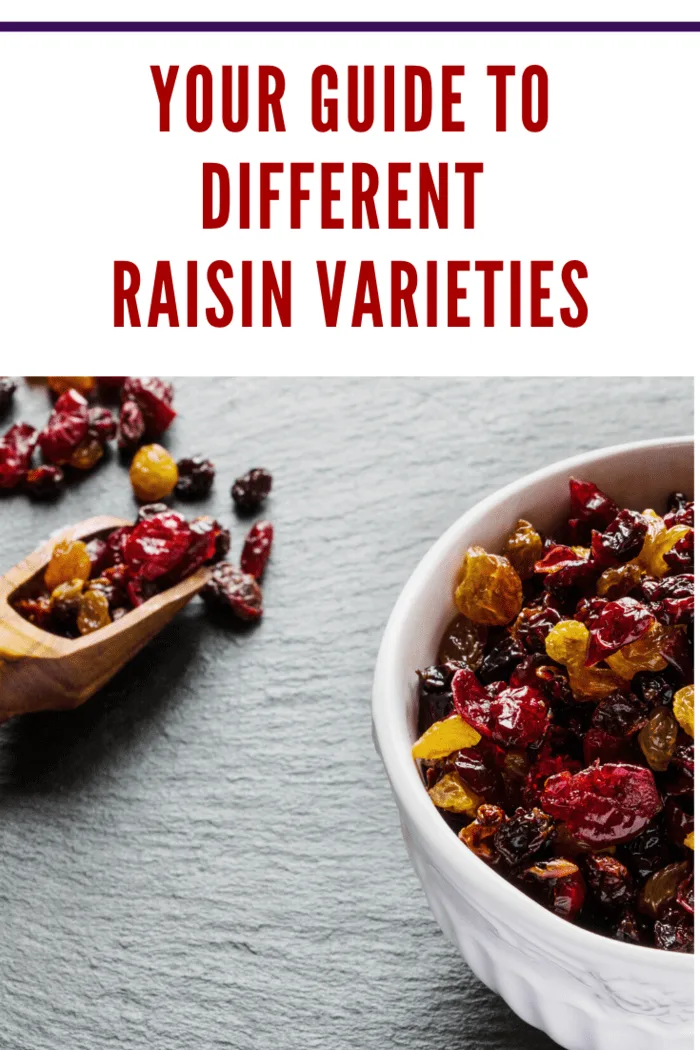
How to Eat More Raisins
Clearly, raisins have a lot to offer. Here are some ways to add more raisins to your diet:
- Sprinkle on top of salads or oatmeal
- Mix with granola or trail mix
- Add to muffin or pancake batter, or cookie dough
Raisins also make a great addition to warm and savory dishes like pasta and roasted vegetables, adding extra sweetness that contrasts well with savory foods.
Which Raisin Variety Do You Want to Try?
There are tons of different raisins out there for you to try. Which variety sounds best to you? No matter which raisins you choose, keep these tips in mind to creatively incorporate them into your diet.
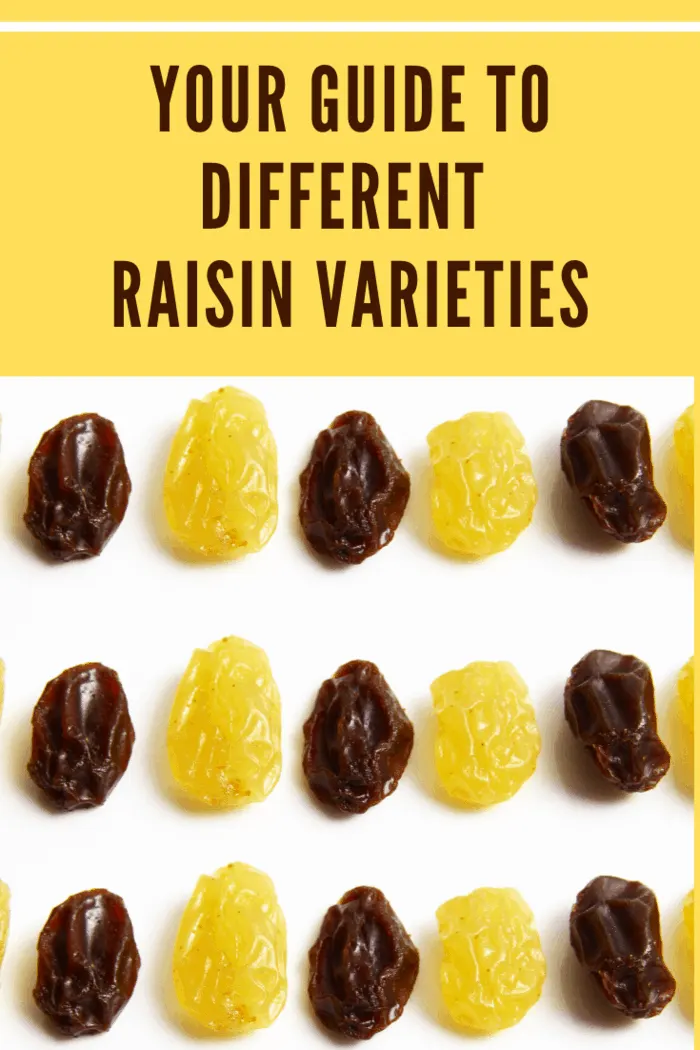
For more healthy eating tips and tricks, check out some of our food and recipe-related articles today.
Ready to explore different raisin varieties? Purchase your favorite raisins through our Amazon affiliate link and start enjoying their health benefits today!
